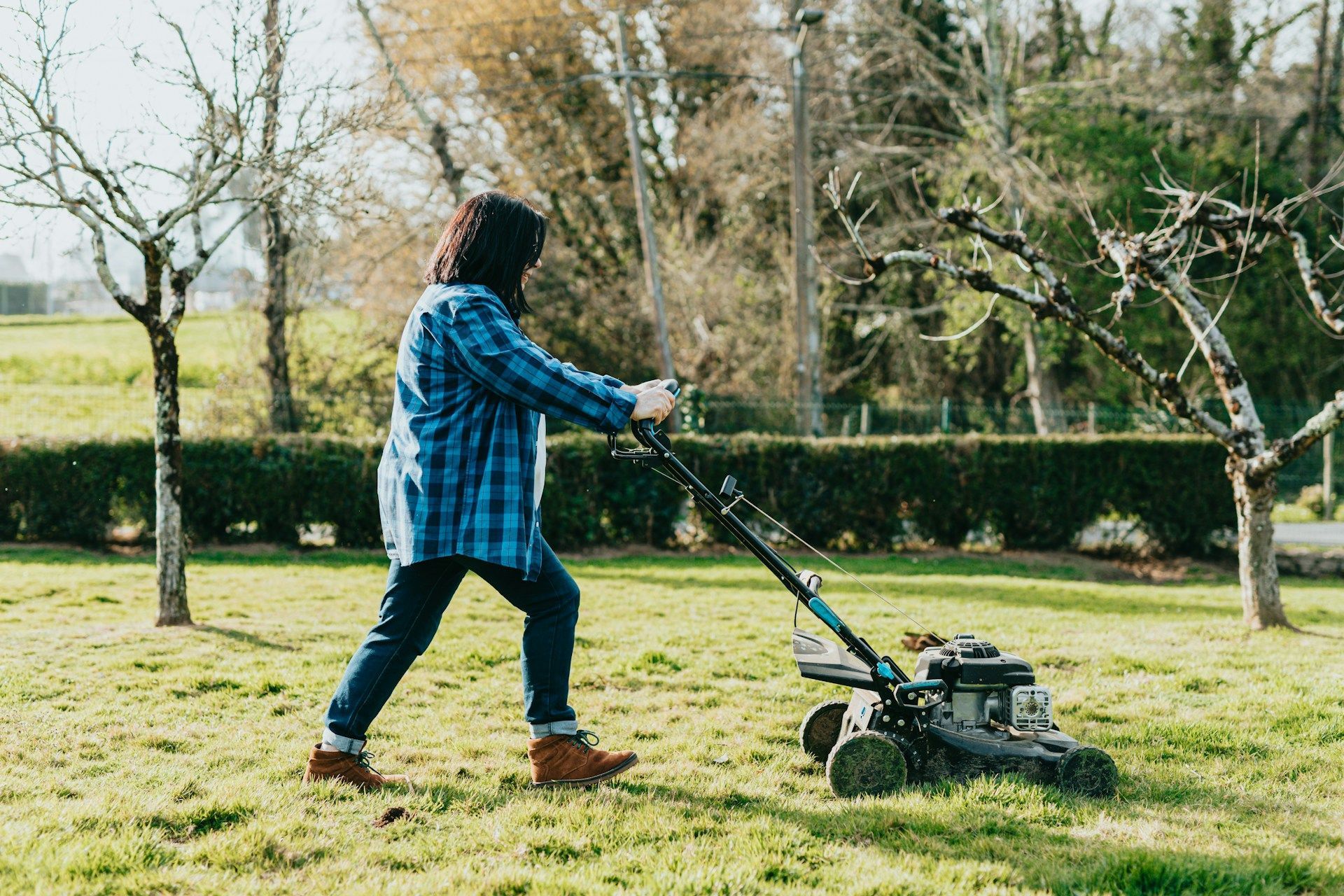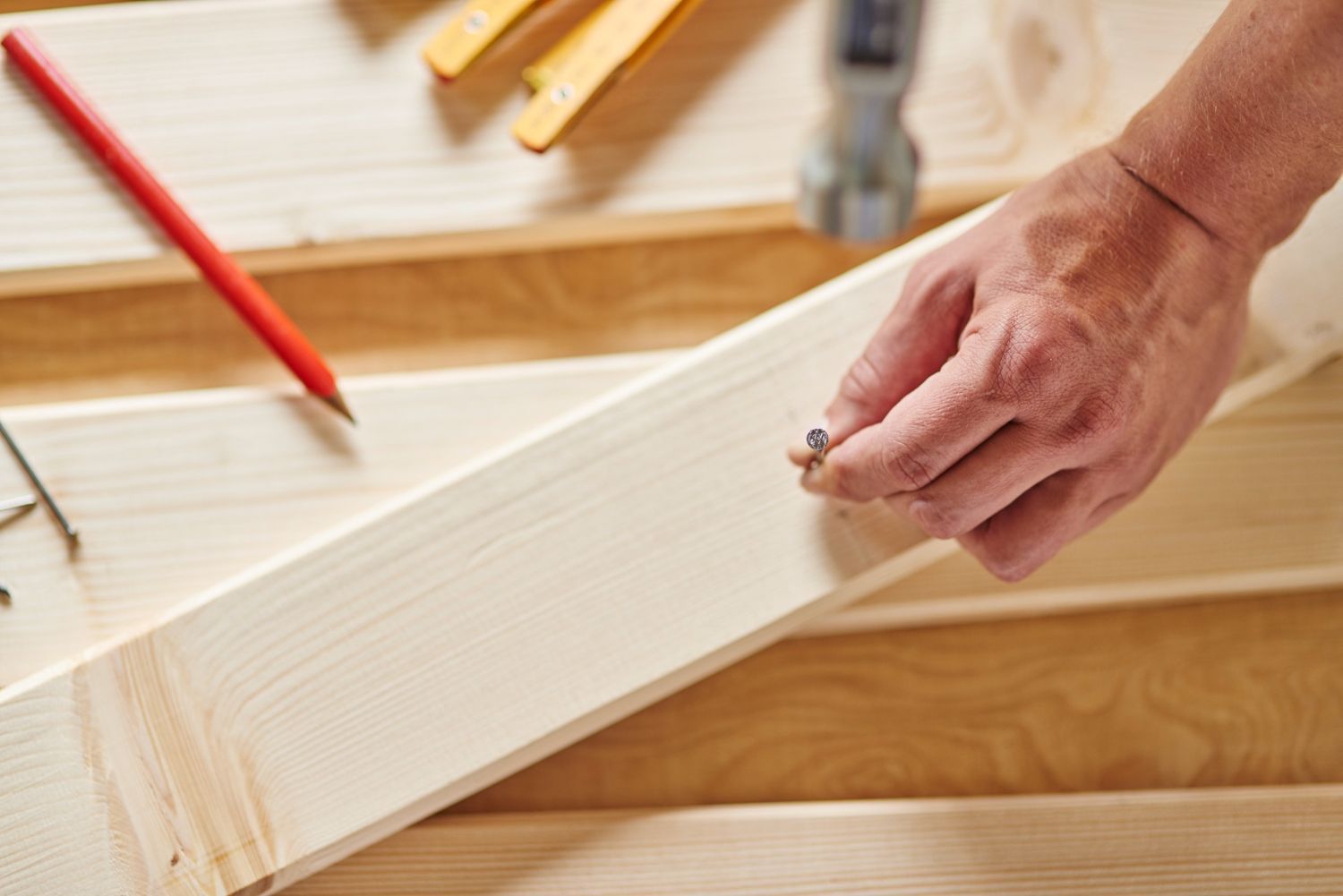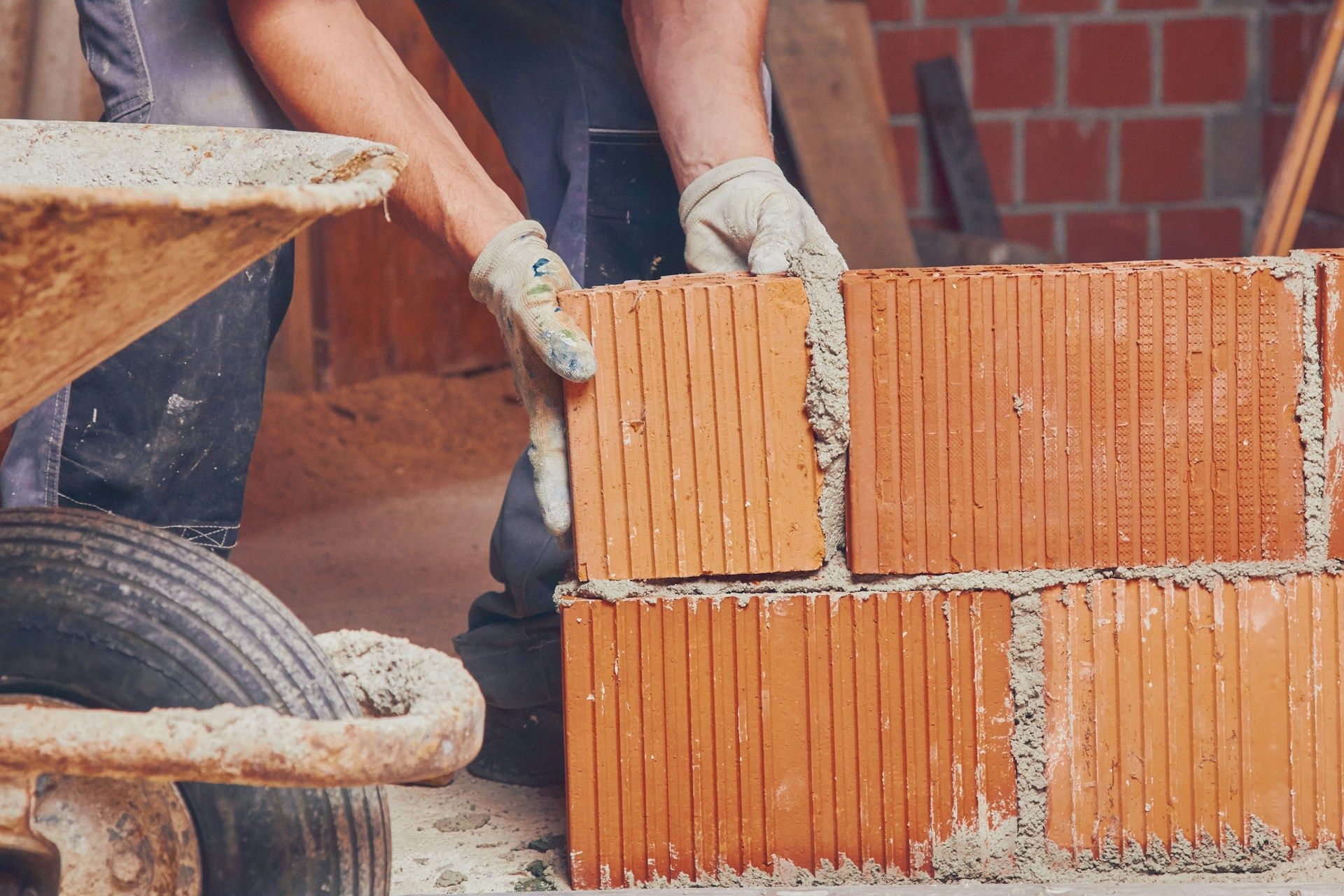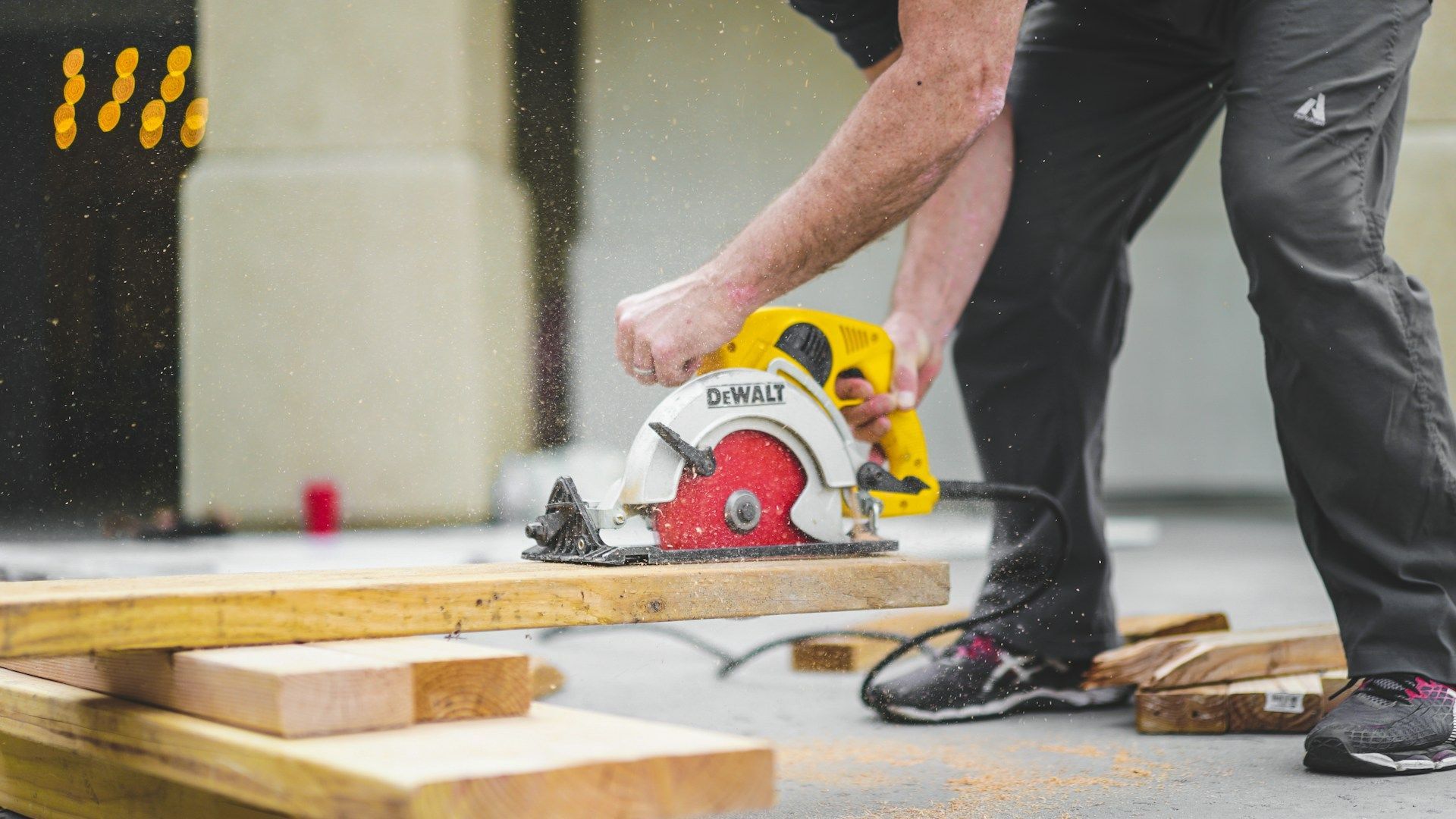Painting Tools You Need (And Ones You Don't)
Whether you're a professional painter or a DIY enthusiast, having the right painting tools can make all the difference in achieving a high-quality finish. But with so many paint tools available in the market, it can be overwhelming to decide which tools you actually need and which ones you don't. That's where we come in. In this blog post, we're going to break down the essential painting tools that every painter should have in their toolkit, while also highlighting the ones you can do without. In the following content we aim to provide invaluable guidance for anyone looking to improve their painting skills or start a painting project.
To kick things off, Social Circle Ace Home Center in GA will be delving into the world of paintbrushes, rollers, tape, and more. We'll provide practical advice on how to choose the right paintbrush for your project, as well as expert tips on the best way to use rollers for different surfaces. From there, we'll discuss the importance of painter’s tape and other accessories, including paint trays, pourers, and extension poles. In each section, we'll highlight the
essential painting tools that are worth investing in, and which ones might not be necessary for your specific project.
Choosing the Right Paintbrushes: Quality Over Quantity
The foundation of any successful painting project starts with selecting the right paintbrush. High-quality brushes not only provide a smoother finish but also make your job easier. While it may be tempting to go for a cheap set of brushes, investing in a few high-quality ones will save you time and effort in the long run. When it comes to essential painting tools, here's what you need to know:
1. Bristle Material: Brushes come with either synthetic or natural bristles. Synthetic bristles (usually made from nylon or polyester) are perfect for water-based paints, while natural bristles (made from animal hair) work best with oil-based paints.
2. Size Matters: Choose brush sizes according to the area you'll be painting. A 1-2 inch brush is ideal for trim, while a 2-4 inch brush works well for larger areas like doors and cabinets. For walls and ceilings, a 4-6 inch brush is recommended.
3. Brush Shape: Angled brushes are great for cutting in at edges and reaching tight spaces, while flat brushes work best for general painting and broader strokes.
As for the paint tools, you don't need, there's no need to stock up on excessive brush sizes and shapes that you're unlikely to use.
Rolling With the Times: How To Use Paint Rollers Like a Pro
When it comes to painting large areas, using a paint roller can save you both time and energy. Here's what you need to know when choosing and using rollers as your essential painting tools:
1. The Right Nap for the Task: The "nap" of a roller refers to the length of its fibers. Short naps (1/8 to 1/4 inch) are ideal for smooth surfaces, while long naps (3/8 to 1/2 inch) work best for rough or textured surfaces.
2. Select the Right Material: Just like brushes, rollers come in synthetic and natural materials. Use synthetic rollers for water-based paints and natural rollers for oil-based paints.
3. Consider an Extension Pole: For hard-to-reach areas or painting ceilings, an extension pole can be a lifesaver. Attach the pole to your roller frame and save yourself time and effort.
However, skip out on purchasing "patterned" or "textured" rollers. These tools may seem like a fun way to add some flair to your walls, but they can be difficult to control and may not produce the desired look.
Masking the Edges: Essential Accessories for Clean Lines
To achieve crisp, clean lines when painting, you'll need the right accessories. Here are some essential painting tools to help you get the job done:
1. Painter's Tape: High-quality painter's tape is worth the investment to prevent paint from bleeding onto adjacent surfaces. Avoid using regular masking tape, as it can leave a sticky residue and peel off existing paint.
2. Paint Trays and Liners: Paint trays are necessary to load your roller evenly with paint. Using disposable liners can simplify cleanup and extend the life of your paint trays.
3. Drop Cloths and Plastic Sheeting: Protect floors and furniture with drop cloths or plastic sheeting. This will save you the headache of removing accidental paint spills and splatters later.
You don't need tools like edging rollers or paint guards, as with proper technique and high-quality painter's tape, you can achieve clean lines without the added expense.
Specialized Painting Tools: Worth the Investment?
While not always essential, some specialized painting tools can make your paint job quicker and more efficient.
1. Paint Sprayers: If you have a large painting project, a paint sprayer can save you considerable time. However, they can be expensive and require additional protective measures (mask, goggles, etc.) during use.
2. Painting Edgers: These tools help create clean lines along edges and trim without needing painter's tape. While handy for smaller projects, they may not be ideal for large-scale jobs.
On the other hand, avoid gimmicky gadgets like fingertip brushes or paint roller attachments for corners. Though they promise convenience, they often don't deliver quality results.
Conclusion
By understanding which painting tools you truly need and which ones you don't, you can build a functional, efficient toolkit that will serve you well on all your painting projects. By focusing on quality over quantity and carefully selecting the right paintbrushes, rollers, and accessories, you'll be well on your way to completing your DIY projects with professional-level results. Most importantly, don't be afraid to invest in tools that will last and perform, as this will ultimately save you time, energy, and money – allowing you to enjoy the fruits of your labor. Happy painting! Shop your
residential construction supplies at Social Circle Ace Home Center in Georgia today.
Department
Contact Information
Payment Types
© 2025 The content on this website is owned by us and our licensors. Do not copy any content (including images) without our consent.
Website designed by Faithworks Marketing
















